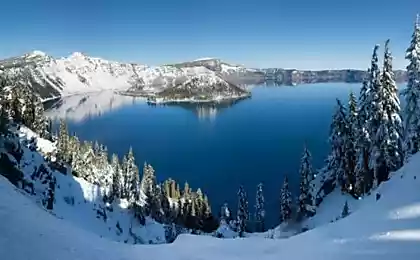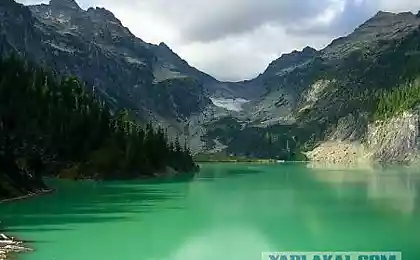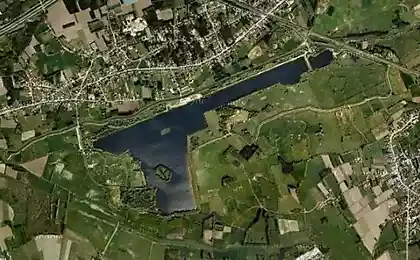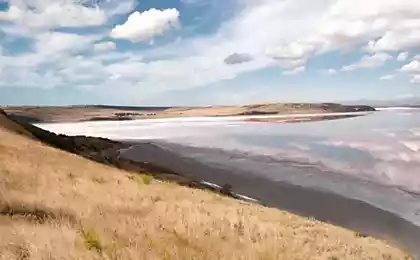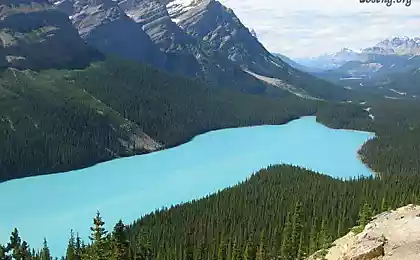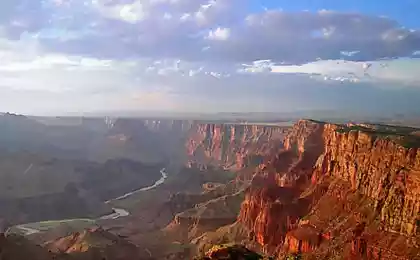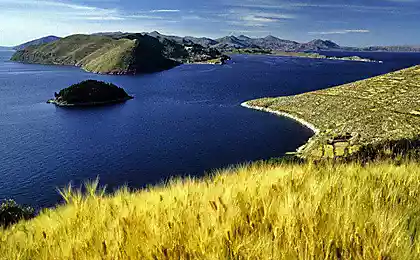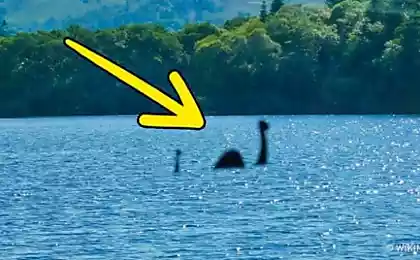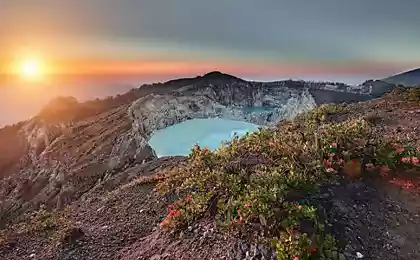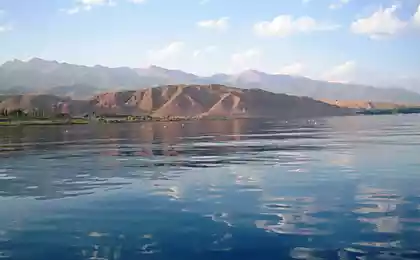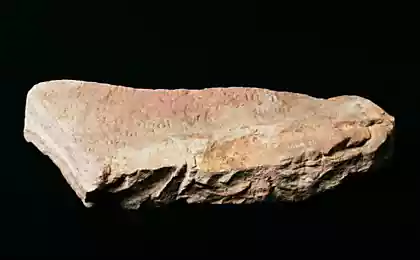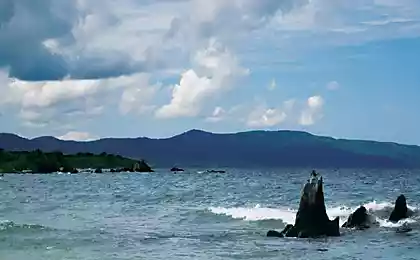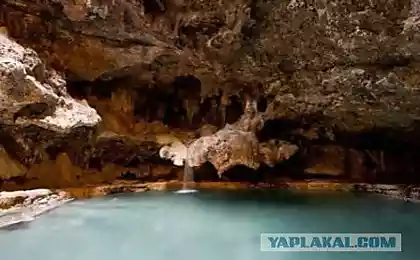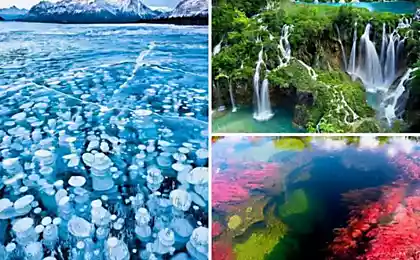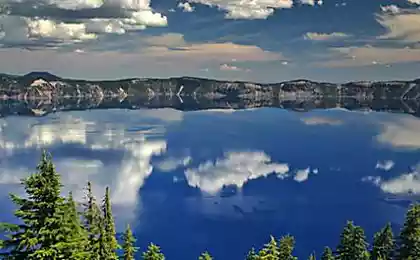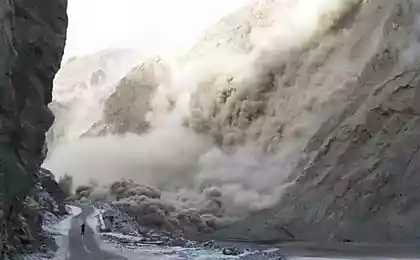771
The dying Lake Urmia
In the north-west of Iran is located once majestic endorheic salt lake Urmia, on the verge of extinction. The cause of the ecological catastrophe is a human activity (as in the case of the Aral Sea, which since 1960 has decreased ten times). Mainly in the drying of Urmia blame dams on rivers feeding the lake and the dam, which forms the highway connecting Western and Eastern Azerbaijan. If Urmia dries completely, then in its place will be 10 billion tons of salt, and about 14 million people will be forced to leave their homes. Despite all this, the Iranian government is in no hurry to save the lake. Just last year, it began to develop the project for the transfer of the Caspian Sea (to which the problem of drying, in general, is also relevant, albeit not so much).
Lake Urmia is tectonically lowered to the east of the Kurdish mountains at an altitude of 1275 m. The lake has more than a hundred islands, overgrown with pistachio forest. Immediately nesting pelicans, flamingos and shelduck, and migratory birds use the island as a staging post on the paths of migration. In 1967 there was established a national park, which includes a large part of the lake, which, however, does not safeguard it from drying out.
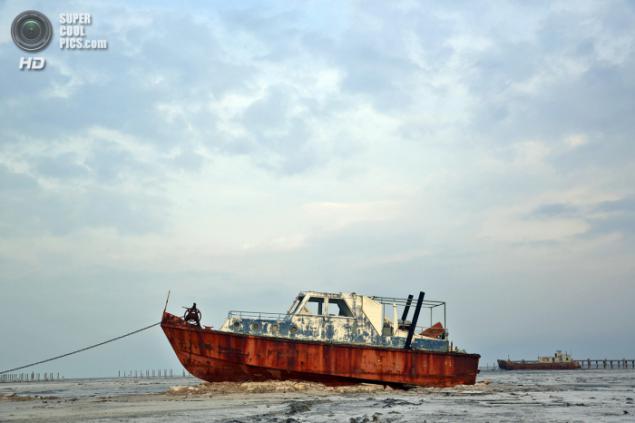
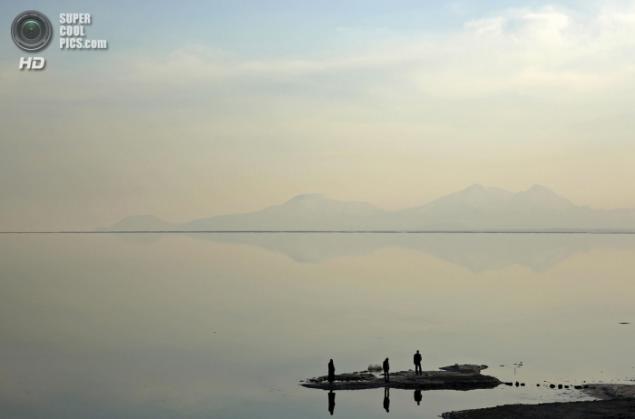

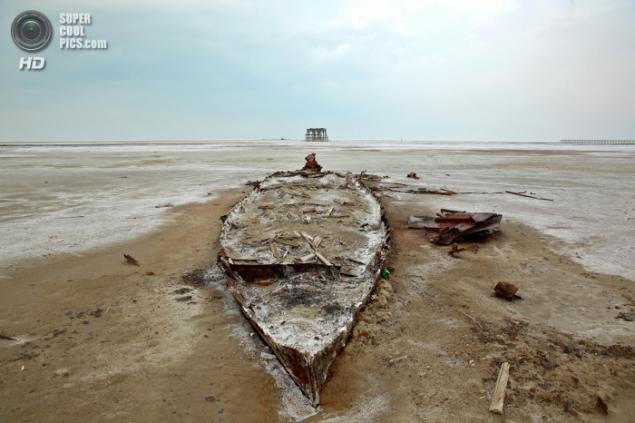
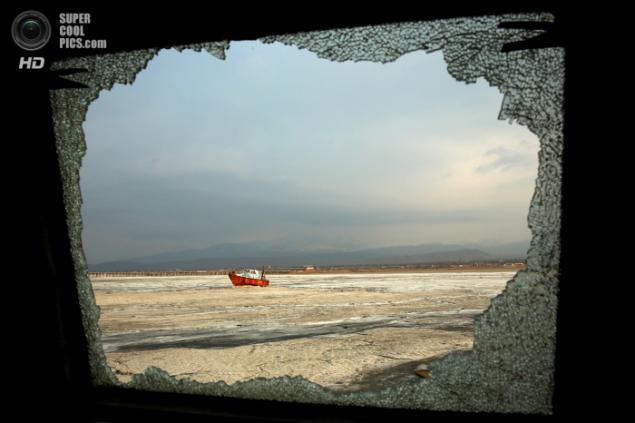

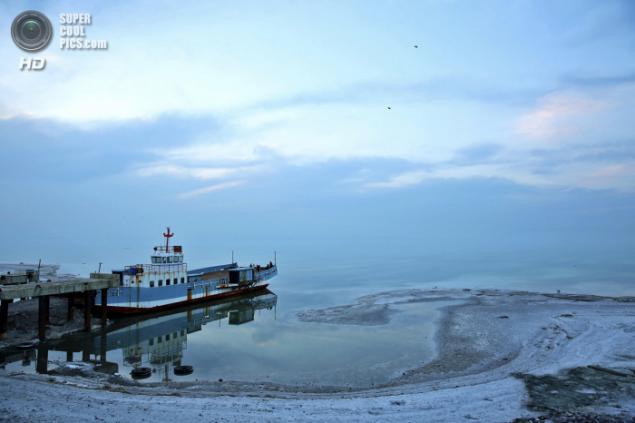

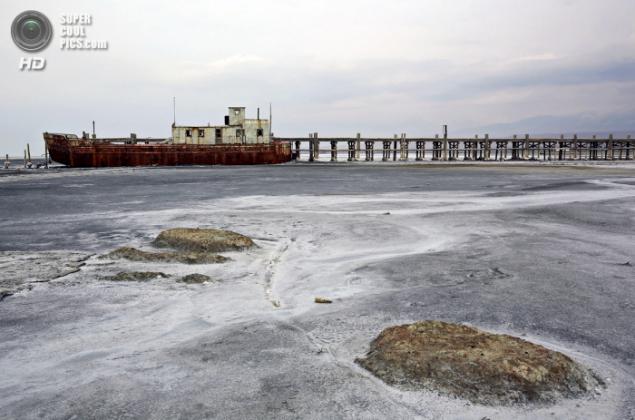
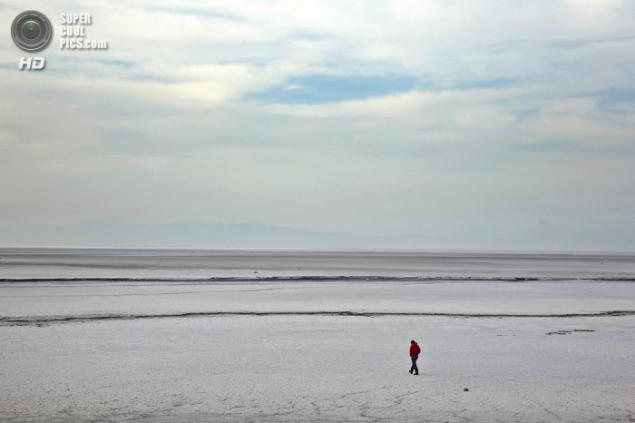
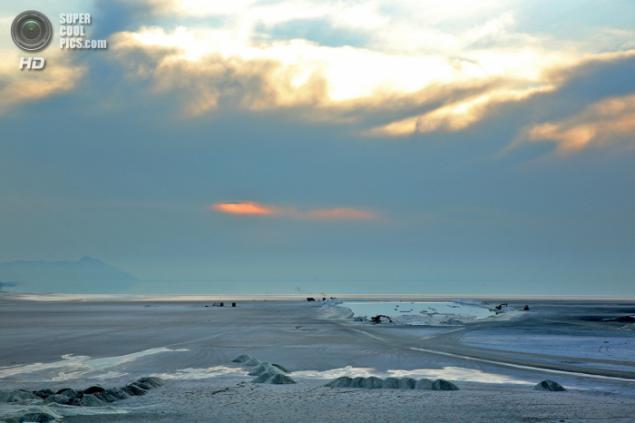
©
Lake Urmia is tectonically lowered to the east of the Kurdish mountains at an altitude of 1275 m. The lake has more than a hundred islands, overgrown with pistachio forest. Immediately nesting pelicans, flamingos and shelduck, and migratory birds use the island as a staging post on the paths of migration. In 1967 there was established a national park, which includes a large part of the lake, which, however, does not safeguard it from drying out.











©
